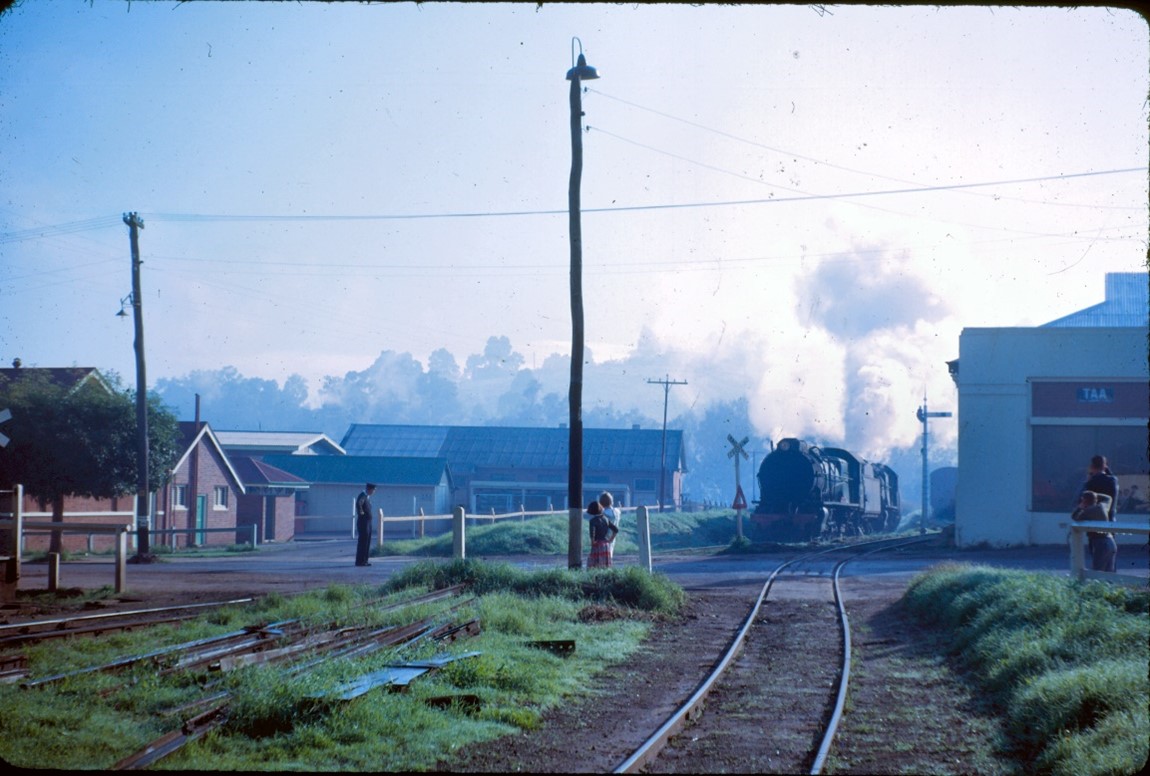Published on Monday, 18 December 2023 at 1:09:14 PM
The Life of Railway Workers
As you know, our lovely railway station has been renovated and the Visitor Centre is moving to this amazing spot, which has stirred a renewed interest in this part of our history. At the dawn of the 20th century, the railway played a key part in the development of the industrial revolution and the British empire, and it changed the face of Western Australia forever. Our little railway station played a key role in the development of, not only the town, but the whole area. Its importance cannot be overstated.
This, however, leaves out an important part of the history, that of the people that lived these historical events. Have you ever wondered what the life of those early railway workers was like? To put it mildly, it was hard. In Western Australia, railways had been expanded and were completed in the 1890s, but the working conditions were tough. For instance, smaller stations did not require a station master and were manned by porters, who worked on 12-hour shifts (day and night) seven days per week and performed the duties of a station master without its recognition or remuneration. This started to change after 1895 when the railways expanded east, as the increased traffic meant that more workers were needed, but the conditions were still harsh. Many of them experienced difficulties arising from isolation and unfinished facilities and infrastructure.

A stationmaster holding traffic at bay while the train comes through Steere St intersection. Courtesy Bridgetown Historical Society T3625.
This was not the case in Bridgetown; the station was not in an isolated location and there was a station master. So, how was the life of our station masters? In early times their duties were diverse and ample. Their role was based on the English system, which worked well, as the first station masters in Western Australia had often been brought from Britain. This, for instance, was the case of our first station master, Mr F. B. Jackson who stayed in Bridgetown from 1898 to 1901.
Initially, the traffic was light, and the station masters were responsible for all duties in the station. This put a considerable burden on the station master, who was always on call working round the clock. This was a common complaint, not only among the railway workers but among the people of the town, who felt this was not a fair treatment of the committed and hardworking station master. We can see an example of this in a 1910 article written in the Blackwood Times about our station master Mr R. Sayers:
“Mr Sayers of Bridgetown who is, without doubt, one of the most popular and overworked stationmasters of the service. How Mr. Sayers remains ever kindly, courteous and cheerful when worked almost all the hours of day and night remains an enigma. If so be, the Railway Department consistently drives a willing horse until he falters (…).”
In fact, Mr Sayers ended up leaving the Bridgetown post because his wife had been ill for some time and the harsh requirements of the Bridgetown position did not allow him the necessary time to take care of his wife.
Something else that can be surmised by this news-piece is how respected and well-liked a good station master was. The station master was an important person in town, and they were often very involved in civic life. When they arrived at a new post or left for a new one, the town would organise a celebration which included valuable presents for the station master and their wife. And when they had their annual leave, this, along with their plans and destinations were advertised in the local newspapers.
They were often very involved in public life and were considered key parts of the community. In the case of Bridgetown, many of the station masters were committed citizens devoted to the development and betterment of our town. They were involved in activities such as the development of tourism, the erection of the hospital, the growth of commerce. This last one was a key one at a time when the town was growing as an apple producer. They also took special care of the station, for instance, Mr Errington planted flowers in the early 1920s, while Mr Phillips arranged for the sale of local fruit and refreshments at the station.

Stationmaster Alexander Errington standing in front of the station flower bed, approx. 1924. Courtesy Bridgetown Historical Society BHS95-335
Their wives and daughters were also pillars of the community, being involved in different committees, from the hospital to music societies. This supporting role had to be enough, as no station master positions were available to women. While some roles were exclusively held by women, these were minor, such as crossing keepers (mostly the wives or daughters of male employees), barracks caretakers and siding caretakers. This could have been to be expected in the early years of railway history, but not so much in the later years, as station master positions were granted until the 1980s. However, on the 120 years of station masters in WA, no woman was ever appointed as a station master.
With the move of the Visitor Centre to the railway station, we have been delving into the history of the station and its station masters. We want to bring to the community an understanding, not only of the history of the building, but of the people that inhabited it for decades. Their stories are the story of our town are part of the rich heritage that we share.
Back to All News